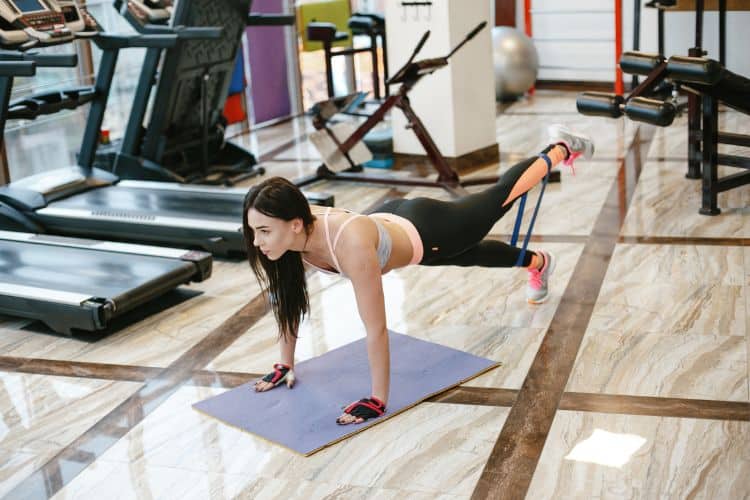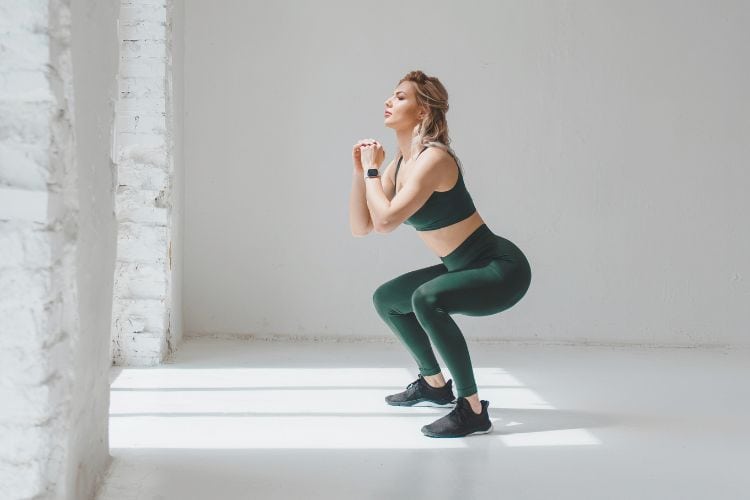Sign up for workout ideas, training advice, reviews of the latest gear and more.






It’s a familiar scene: a woman stands in front of her closet full of clothes, frustration mounting as she declares that she has nothing to wear. This conundrum might seem like a paradox, but it’s a common experience for many women. Why is it that we can have a wardrobe bursting at the seams, yet still feel like we’re lacking options? In this blog post, we’ll explore the reasons behind this dilemma and offer some helpful tips for making the most of your wardrobe.
One reason women may feel like they have nothing to wear is emotional attachment. Clothing often carries memories, and we may be hesitant to part with certain items, even if they no longer fit or suit our current style. As a result, our closets may be filled with garments that no longer serve our needs or make us feel confident.
Tip: Regularly assess your wardrobe and remove items that no longer bring you joy or have a purpose. Donate, sell or recycle these pieces, and make room for new items that better reflect your current style and preferences.
The fashion industry is constantly evolving, and trends can come and go quickly. The pressure to keep up with these changes may lead to a closet full of clothes that feel outdated or no longer relevant. This constant cycle of buying and discarding can make it difficult to build a wardrobe with staying power with women saying they have nothing to wear.
Tip: Focus on building a wardrobe of timeless, versatile pieces that can be mixed and matched to create multiple outfits. Invest in high-quality basics that won’t go out of style, and be selective with trendier pieces to avoid feeling overwhelmed.
A closet packed with clothes can create the illusion of choice. But the reality is that many items may not be suitable for a specific event or occasion. For example, formal wear or workout clothes may not be appropriate for everyday situations, leaving women feeling like they have nothing to wear despite having a closet full of clothes.
Tip: Organize your wardrobe into categories based on the occasion. Making it easier to find appropriate options when you need them. Focus on building a well-rounded wardrobe that includes pieces for various occasions and settings.
Many women are guilty of making impulsive purchases or snapping up a bargain that may not be the best fit for their style or wardrobe then say they have nothing to wear. These items can accumulate over time, taking up valuable closet space without adding any value to our clothing options.
Tip: Be mindful of your shopping habits, and resist the temptation to buy something just because it’s on sale or caught your eye in the moment. Always consider how a new item will fit into your existing wardrobe and whether it will enhance your outfit options.
Our body image and self-perception can play a significant role in how we feel about our clothing choices. If we’re unhappy with our appearance or struggling with body confidence, it can be difficult to feel good in our clothes. No matter how full our closet may be and we find our self saying we have nothing to wear.
Tip: Work on building self-confidence and a positive body image by focusing on your strengths and what makes you unique. Choose clothing that flatters your body shape and makes you feel comfortable and confident.
Social media and the constant exposure to images of seemingly perfect outfits can create unrealistic expectations and pressure to look a certain way. This pressure can be paralyzing when trying to choose an outfit, making it feel like nothing in the closet is good enough.
Tip: Remember that social media often presents a curated and filtered version of reality. Focus on developing your personal style and dressing for yourself, rather than trying to conform to external expectations.
A lack of wardrobe versatility can also contribute to the feeling of having nothing to wear. If your closet is filled with items that don’t mix and match well. It can be challenging to create new and exciting outfits without constantly buying new pieces.
Tip: Aim for a more versatile wardrobe by choosing items in complementary colors and patterns. Invest in staple pieces that can be worn in various ways. Such as a classic blazer, a pair of well-fitting jeans, or a versatile dress that can be dressed up or down.
Having too many options can lead to decision fatigue and overwhelm, making it difficult to choose what to wear. When faced with an overflowing closet, it’s easy to become paralyzed by indecision and resort to wearing the same outfits repeatedly.
Tip: Try implementing a “capsule wardrobe” approach. Where you select a limited number of items to wear for a season or a specific period. This method can help reduce decision fatigue and encourage creativity when putting together outfits.
Sometimes, we set unrealistic expectations for ourselves and our wardrobes. We may expect every outfit to make us look like a fashionista or feel like we need a completely different ensemble for every occasion. This mindset can lead to dissatisfaction with our current options.
Tip: Embrace the idea of re-wearing outfits. Remember that it’s okay to have a few go-to looks that you feel confident in. Focus on quality over quantity and choose pieces that you genuinely love and feel good in.
A disorganized closet can make it difficult to see and access all of your clothing options, contributing to the feeling of having nothing to wear. When your clothes are hidden or crammed together, it’s challenging to make the most of your wardrobe.
Tip: Regularly declutter and organize your closet, ensuring that every item has a designated place. Try different organization methods, such as color-coding or organizing by clothing type. This will make it easier to find and select outfits.
The paradox of having a closet full of clothes but nothing to wear is a common challenge faced by many women. By understanding the reasons behind this dilemma and implementing the tips shared. You can work towards building a wardrobe that truly serves your needs and makes getting dressed a more enjoyable experience.
Stay up to date on the latest women’s health, fitness and lifestyle trends and tips.